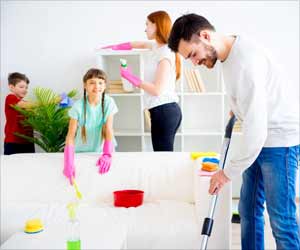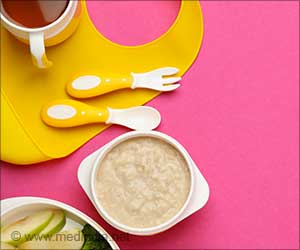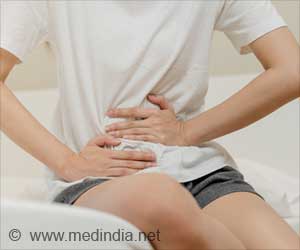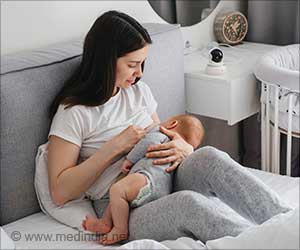Learn how to safeguard your child's health in the school environment by effectively managing germ-prone areas.
- The health of children depends on identifying and addressing germ-prone areas in schools, such as shared supplies, water fountains, and high-touch surfaces
- By teaching children proper handwashing, providing personal supplies, and encouraging cleanliness, germs can be significantly reduced in school settings
- Instilling good hygiene habits and implementing preventive measures can help parents and teachers promote a healthier school environment
6 Most Germ-Infested Areas in Schools and How to Address Them
The most germ-prone places in schools, along with strategies to manage them effectively:Shared Classroom Supplies
: Classroom supplies frequently handled by multiple students can harbor germs. Consider providing your child with their own set of supplies, regularly treated with disinfectant, which effectively disinfects hard surfaces like binders and soft items like backpacks. If personal supplies aren't an option, discuss setting up hand sanitizer stations with the teacherWater Fountains
: School fountains, vital for hydration, can host various bacteria. Equipping your child with a personal water bottle can minimize their exposure to germs. Teach them proper fountain use, including letting the water run for a moment before drinking and avoiding direct mouth contact with the spoutHigh-Touch Surfaces
: Doorknobs and desks are breeding grounds for germs. Educate your child about regular handwashing and develop fun techniques to ensure they wash their hands for at least 20 seconds. For classrooms, consider providing Disinfecting Wipes for easy surface cleaningCafeteria/School Canteen
: Encourage your child to wash their hands before and after eating to prevent the spread of germs. Discourage sharing utensils, and consider packing nutritious lunches to reduce reliance on cafeteria utensilsComputer Labs
: Computer lab equipment, including keyboards and touchscreens, can harbor germs. Teach your child to avoid touching their face during and after using computers and encourage them to wash their hands after lab sessions. Supplying them with personal headphones or earbuds can also prevent bacterial transmissionPlaygrounds and Gyms
: While outdoor play is important, it can introduce germs into your home. Regularly clean your child's clothing and personal items used on the playground. Additionally, indoor play areas and gym equipment can spread germs. Designate a drop zone at home where items can be disinfected before entering further (1✔ ✔Trusted Source
Personal hygiene for children
Go to source)
- Personal hygiene for children - (https://www.healthdirect.gov.au/personal-hygiene-for-children)
Source-Medindia












